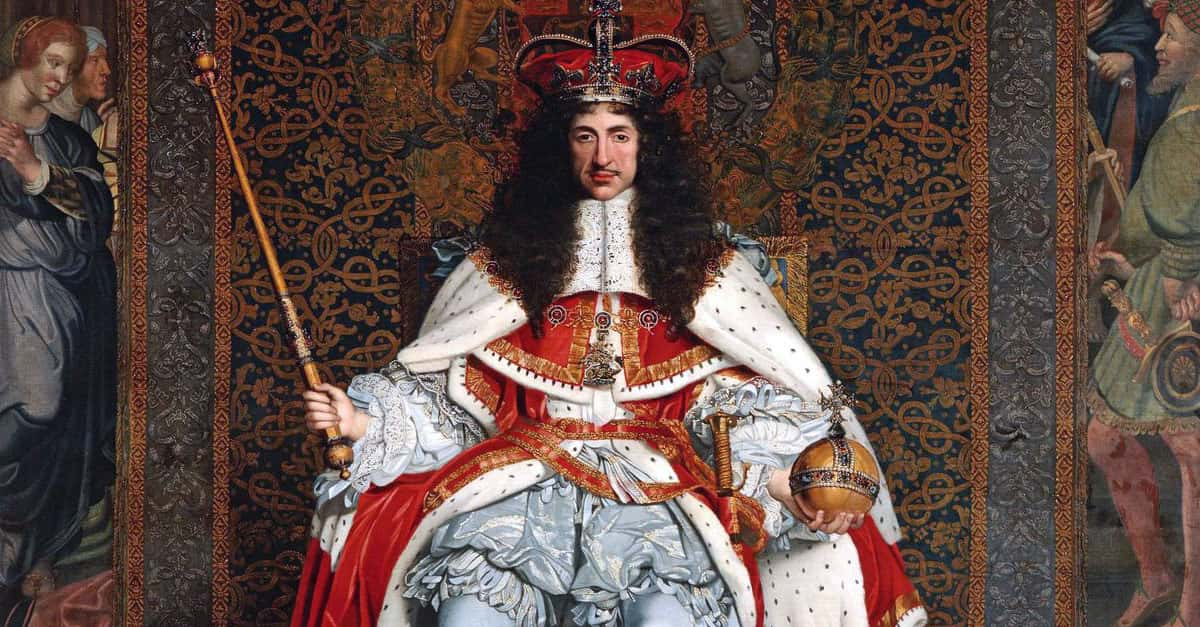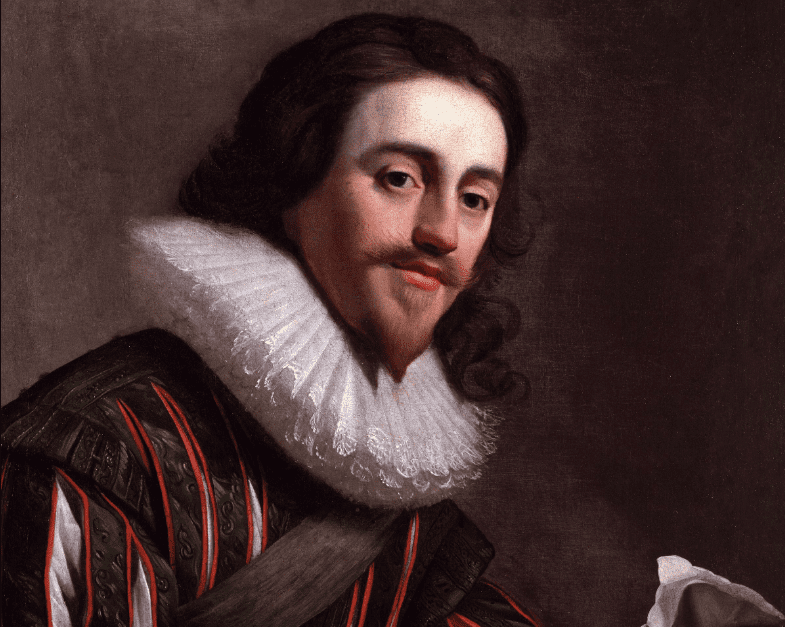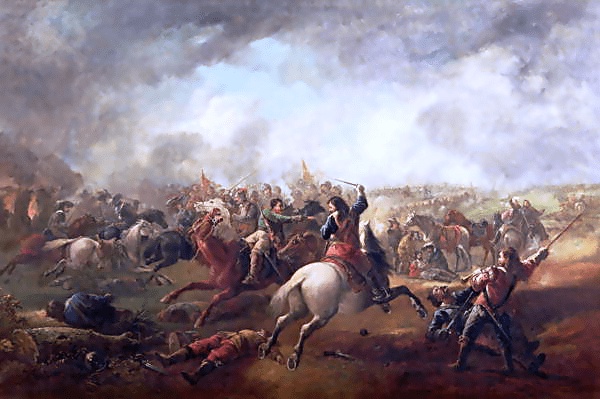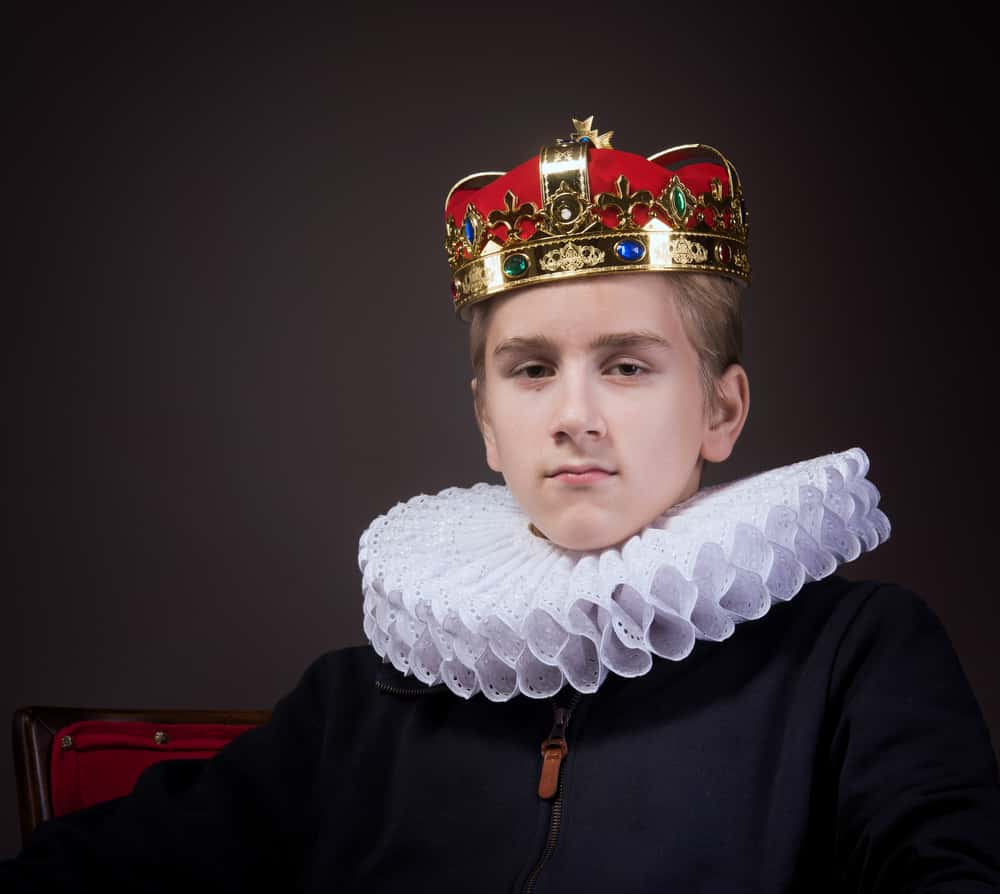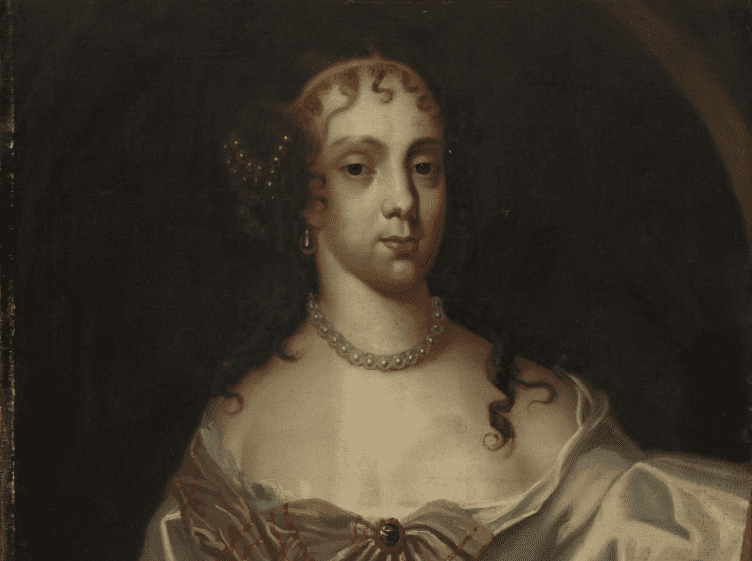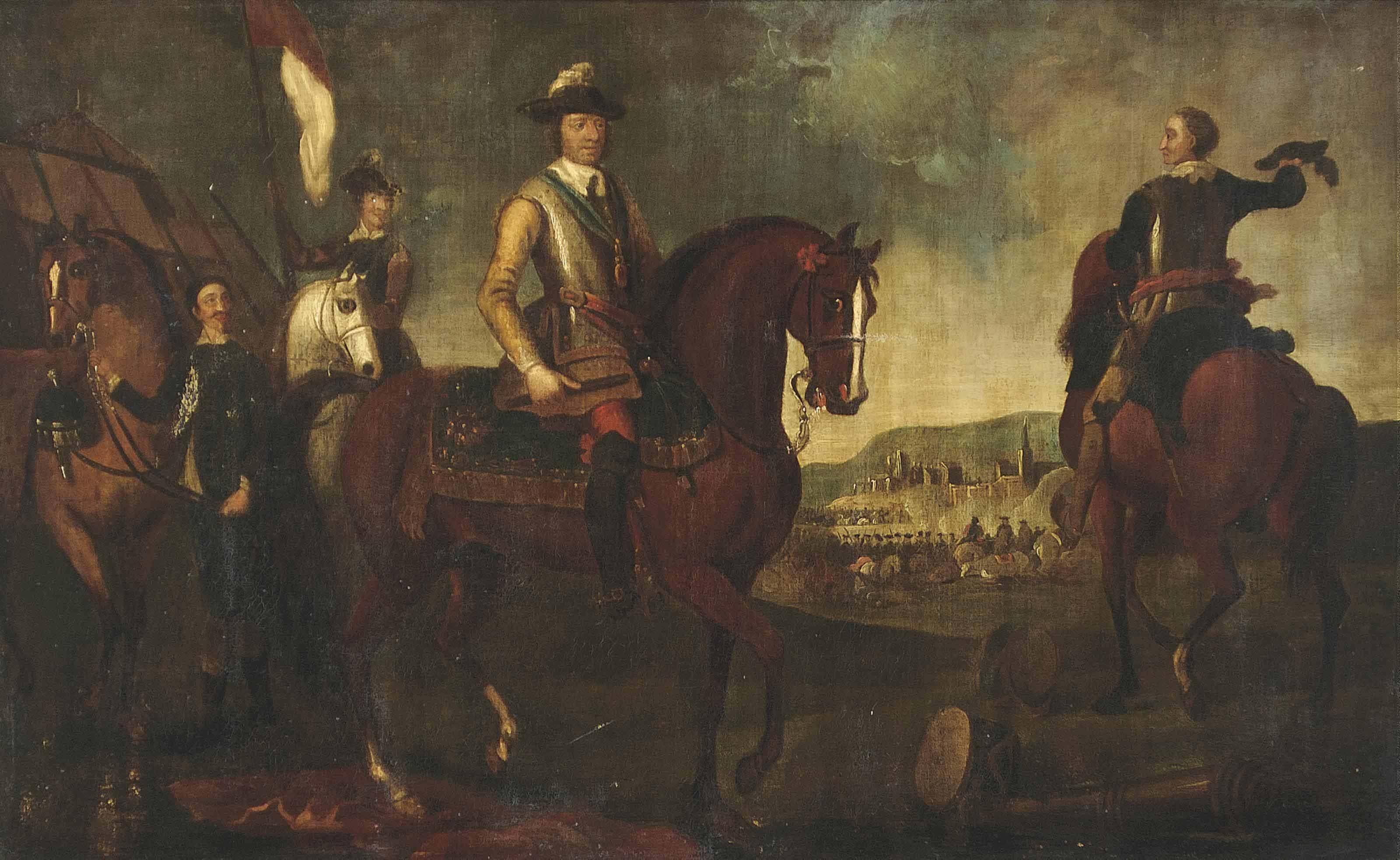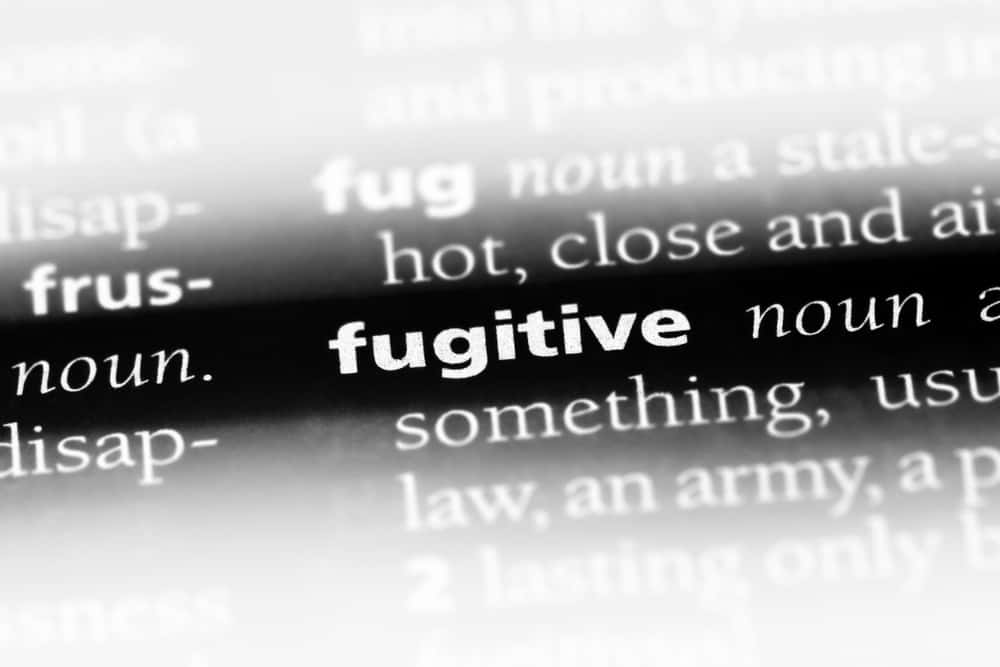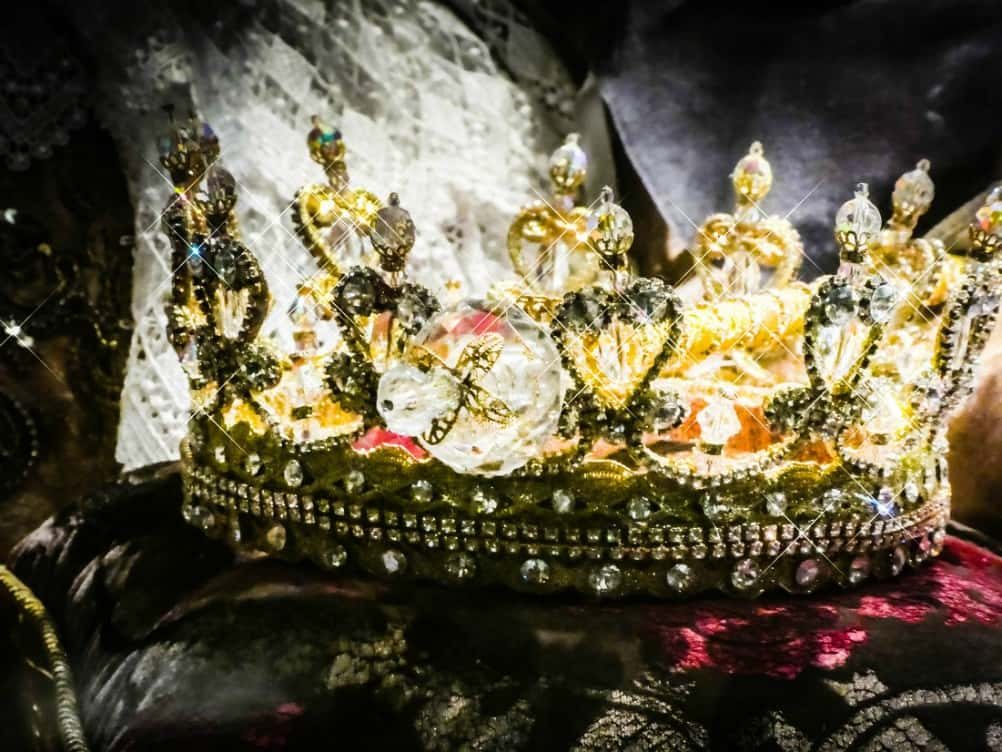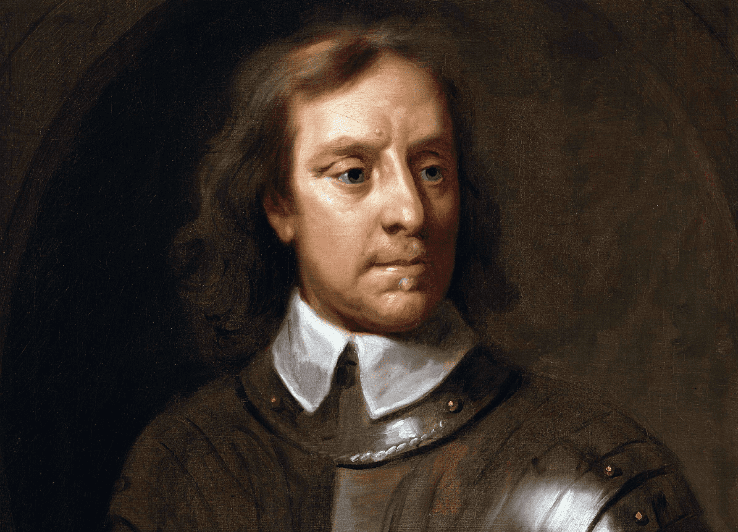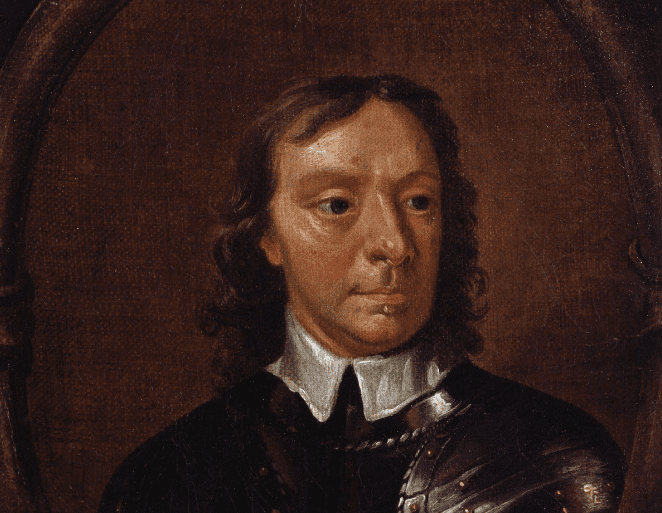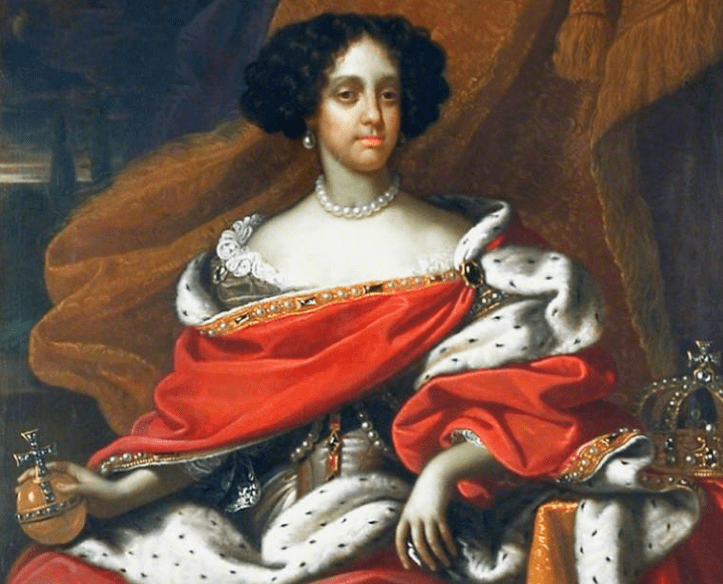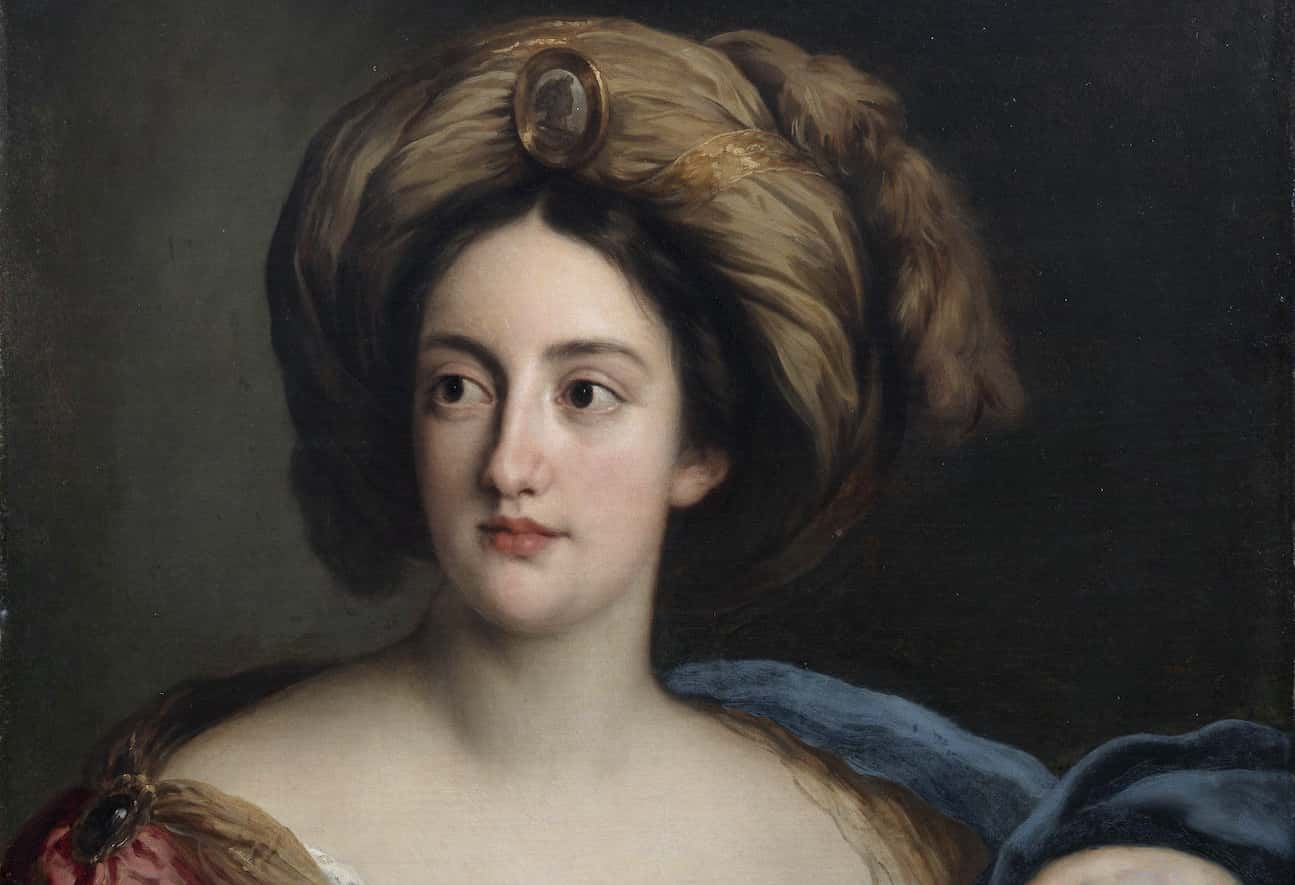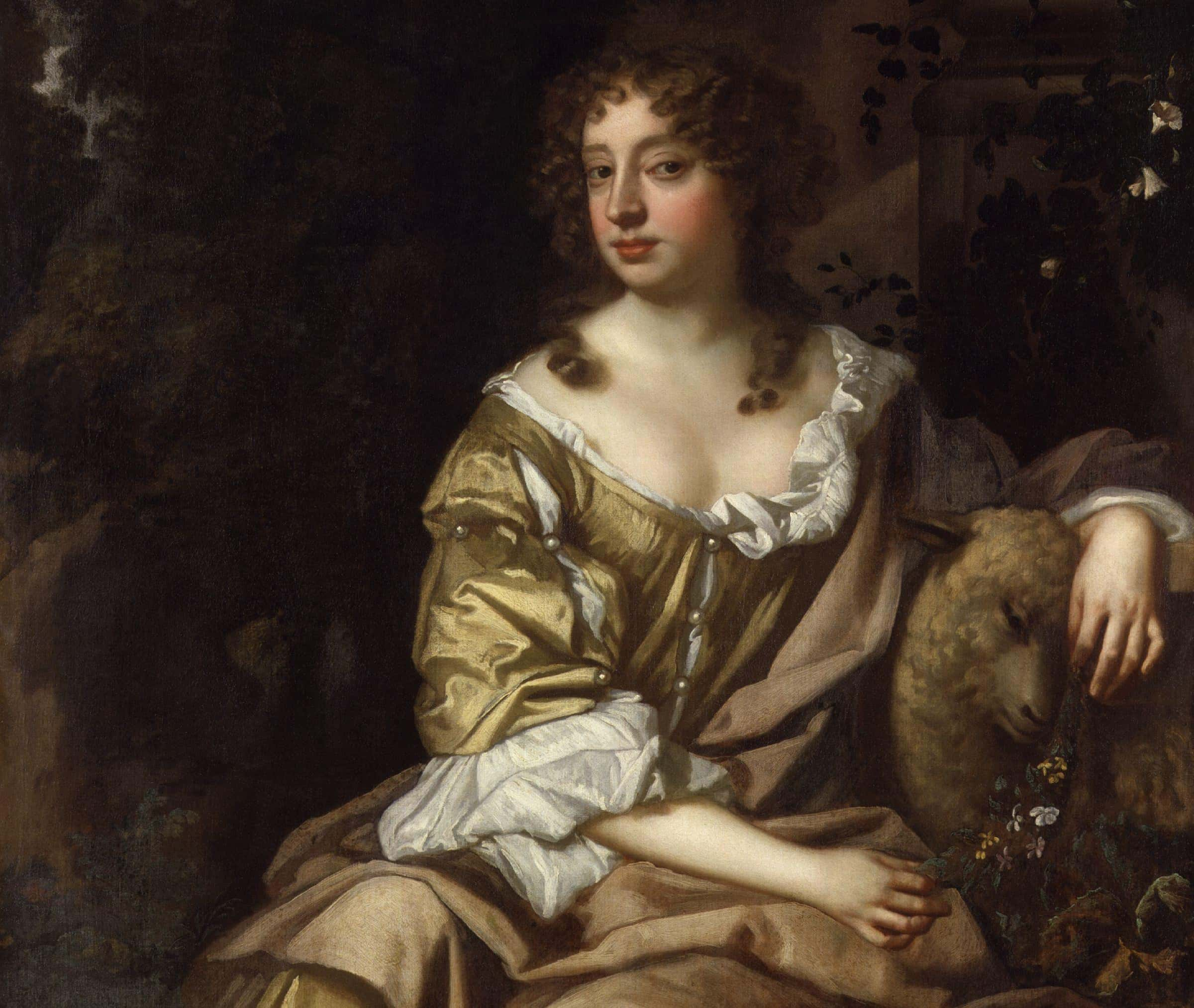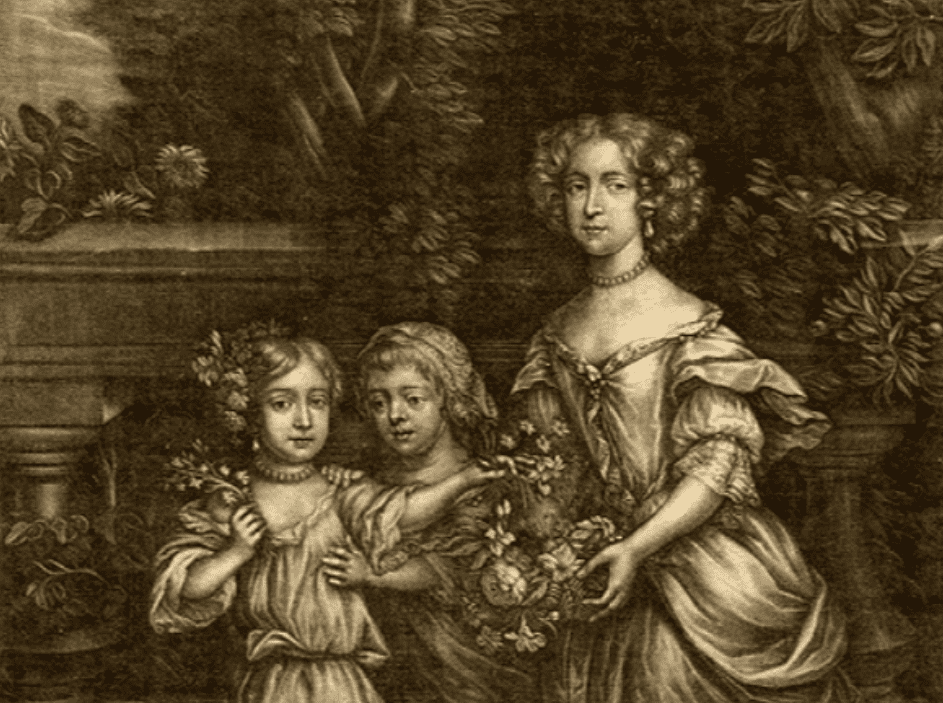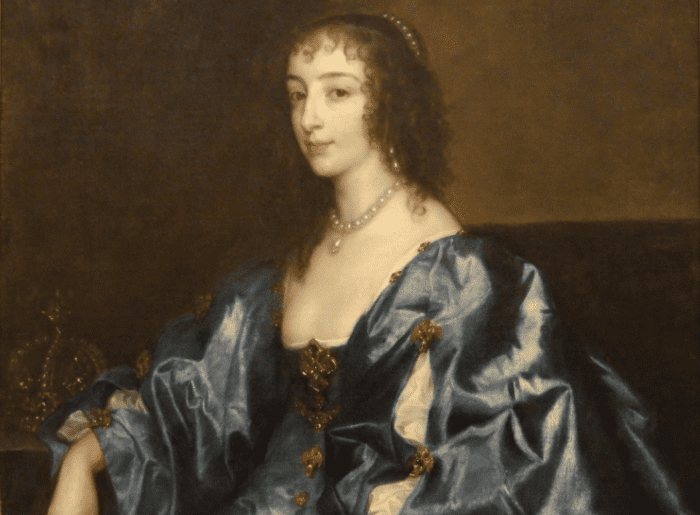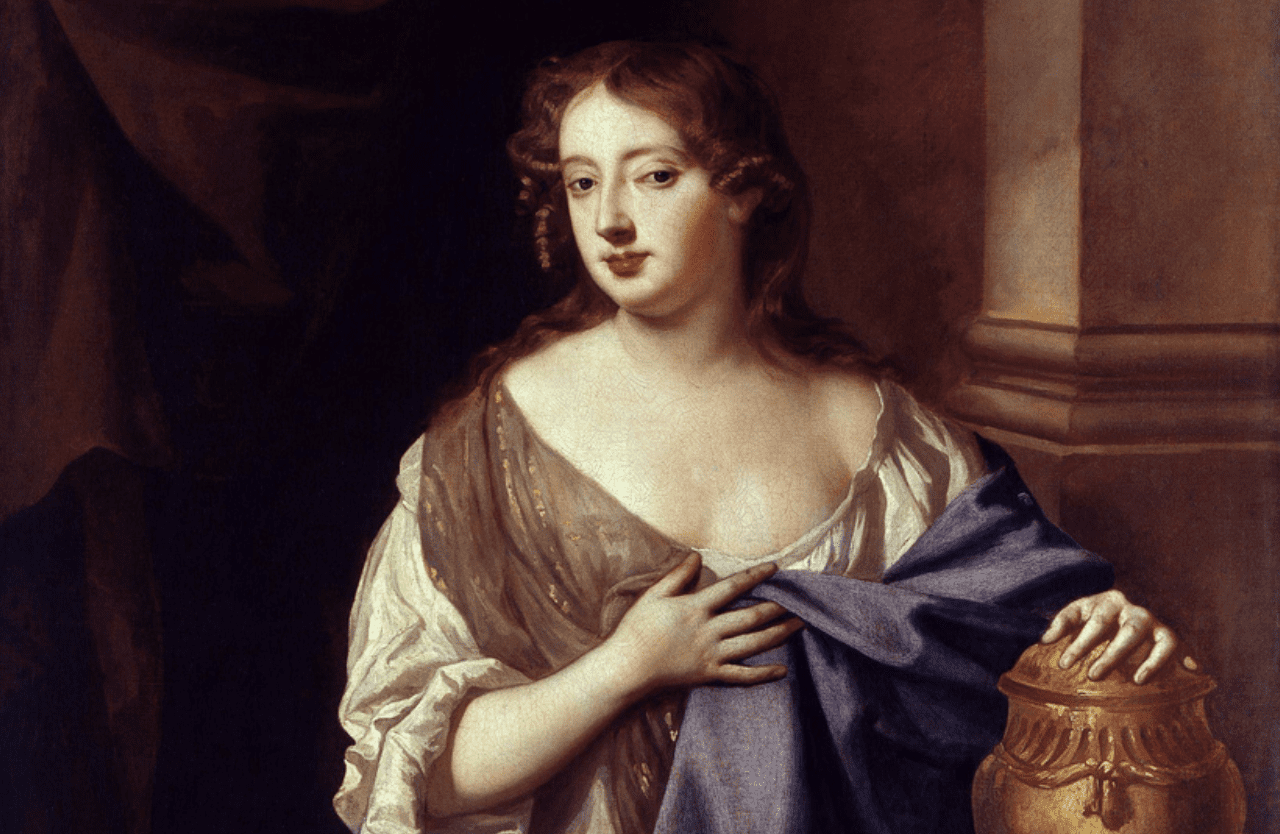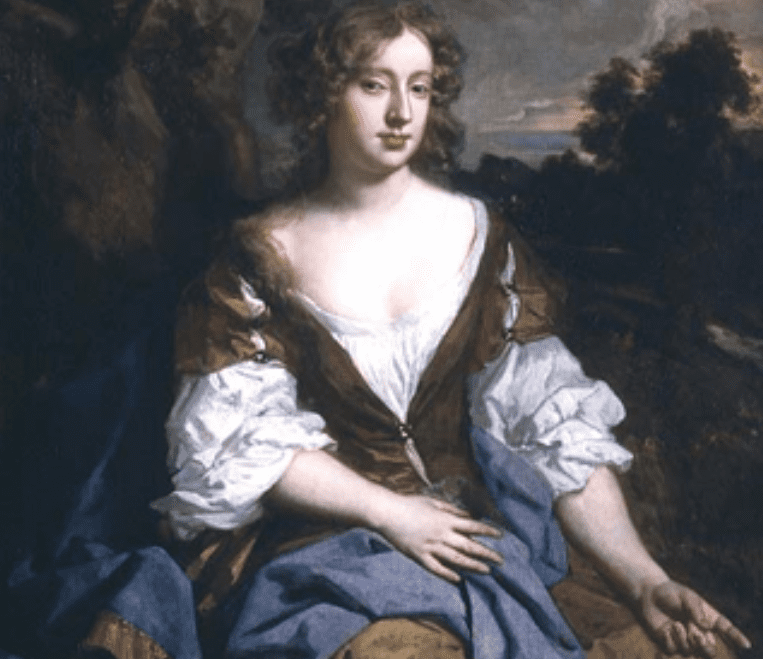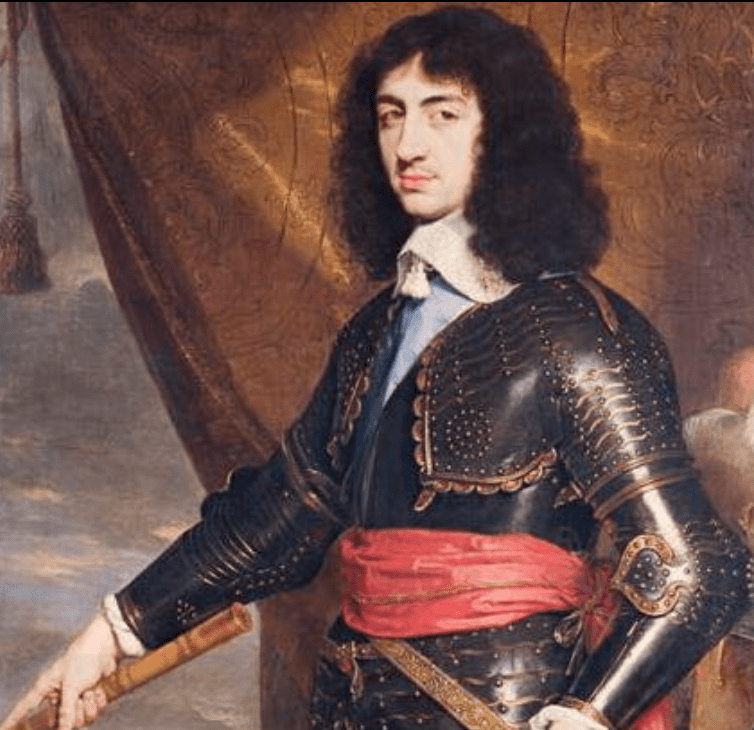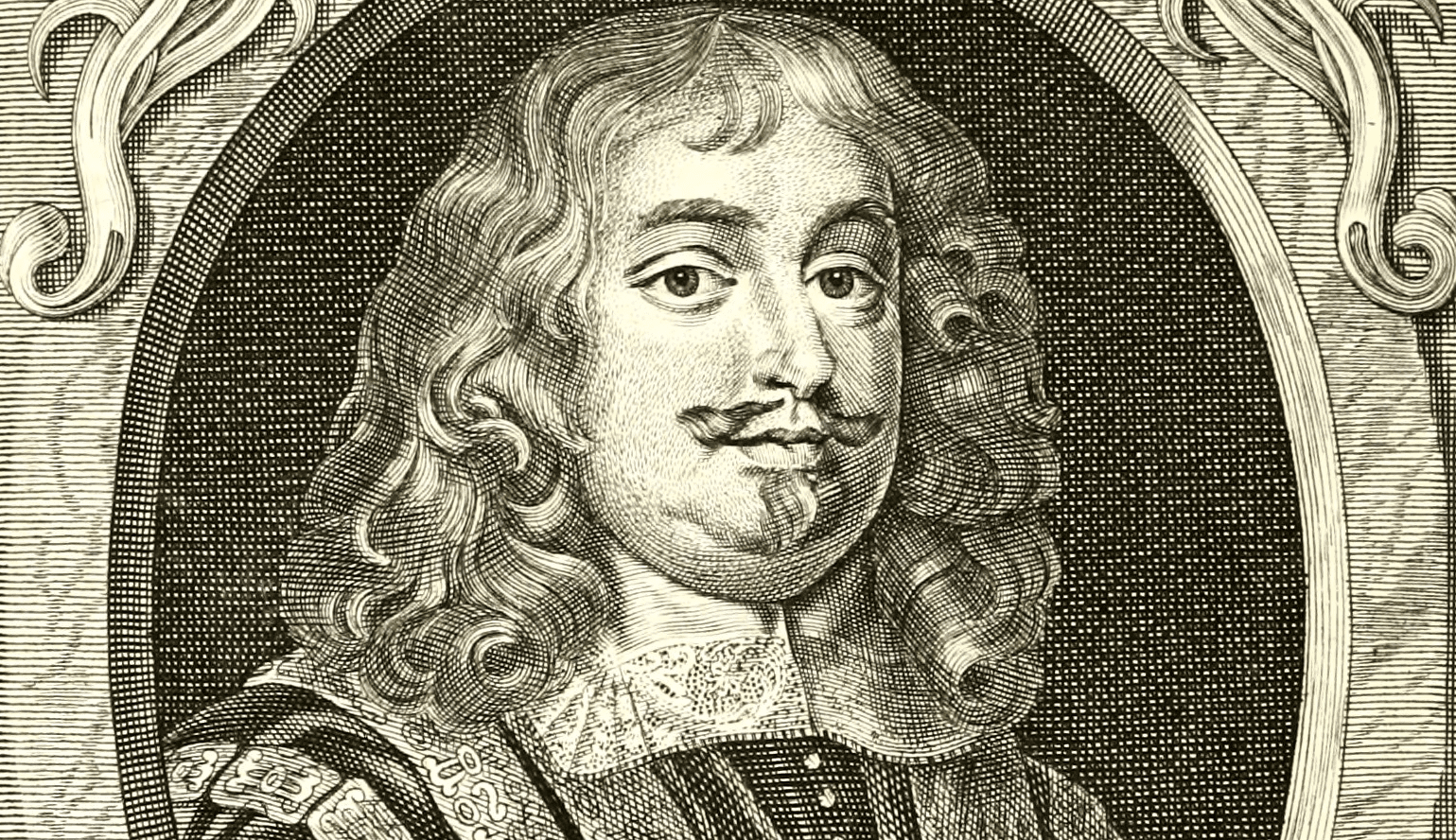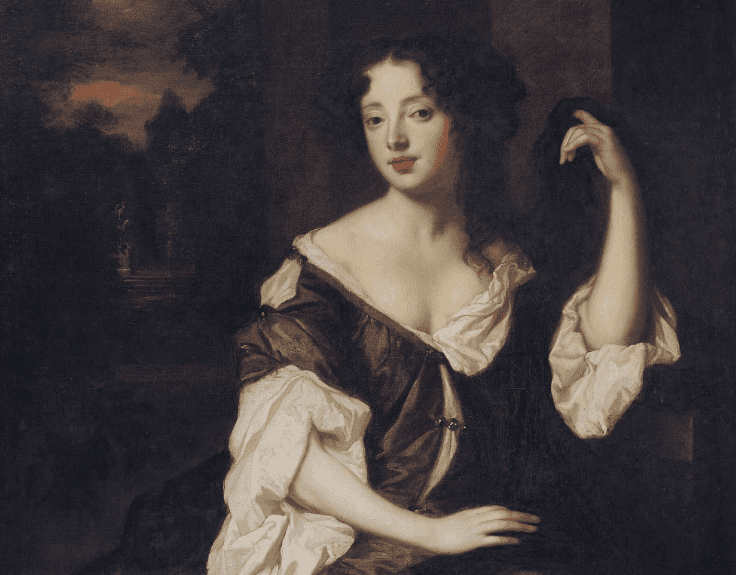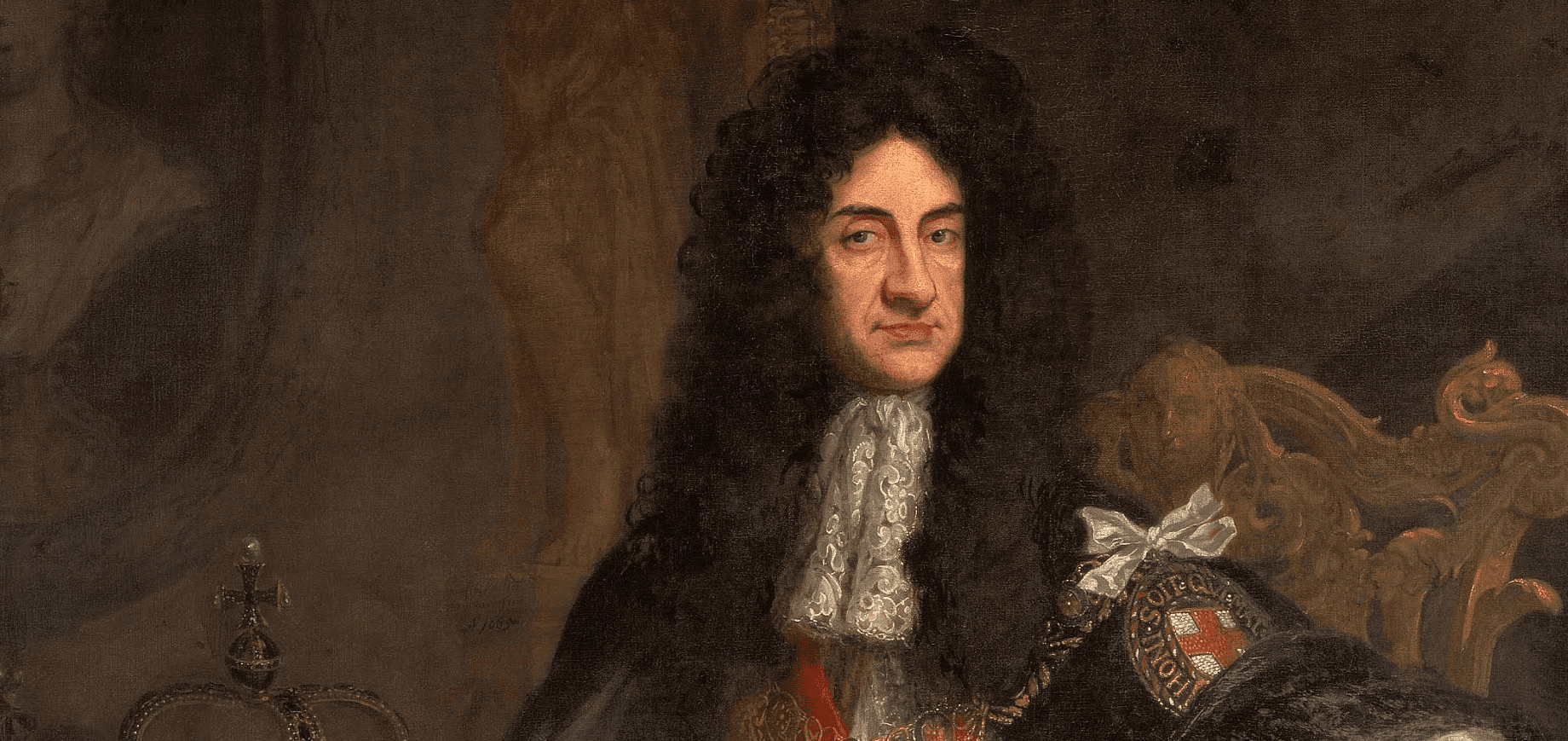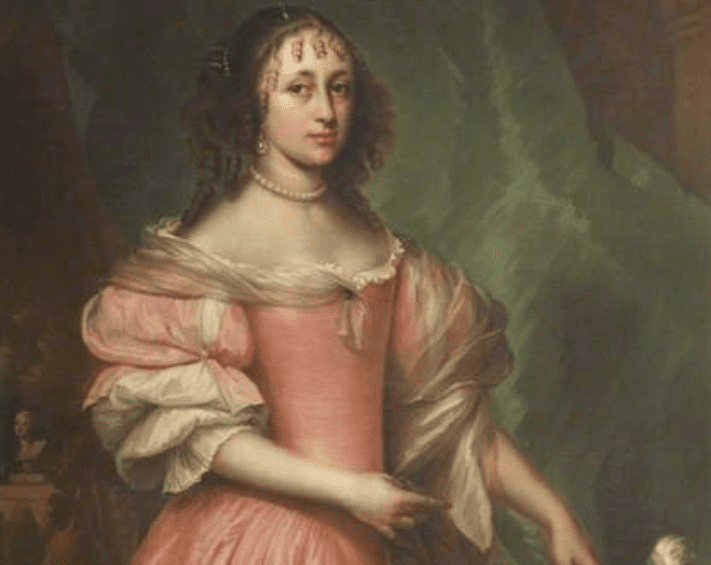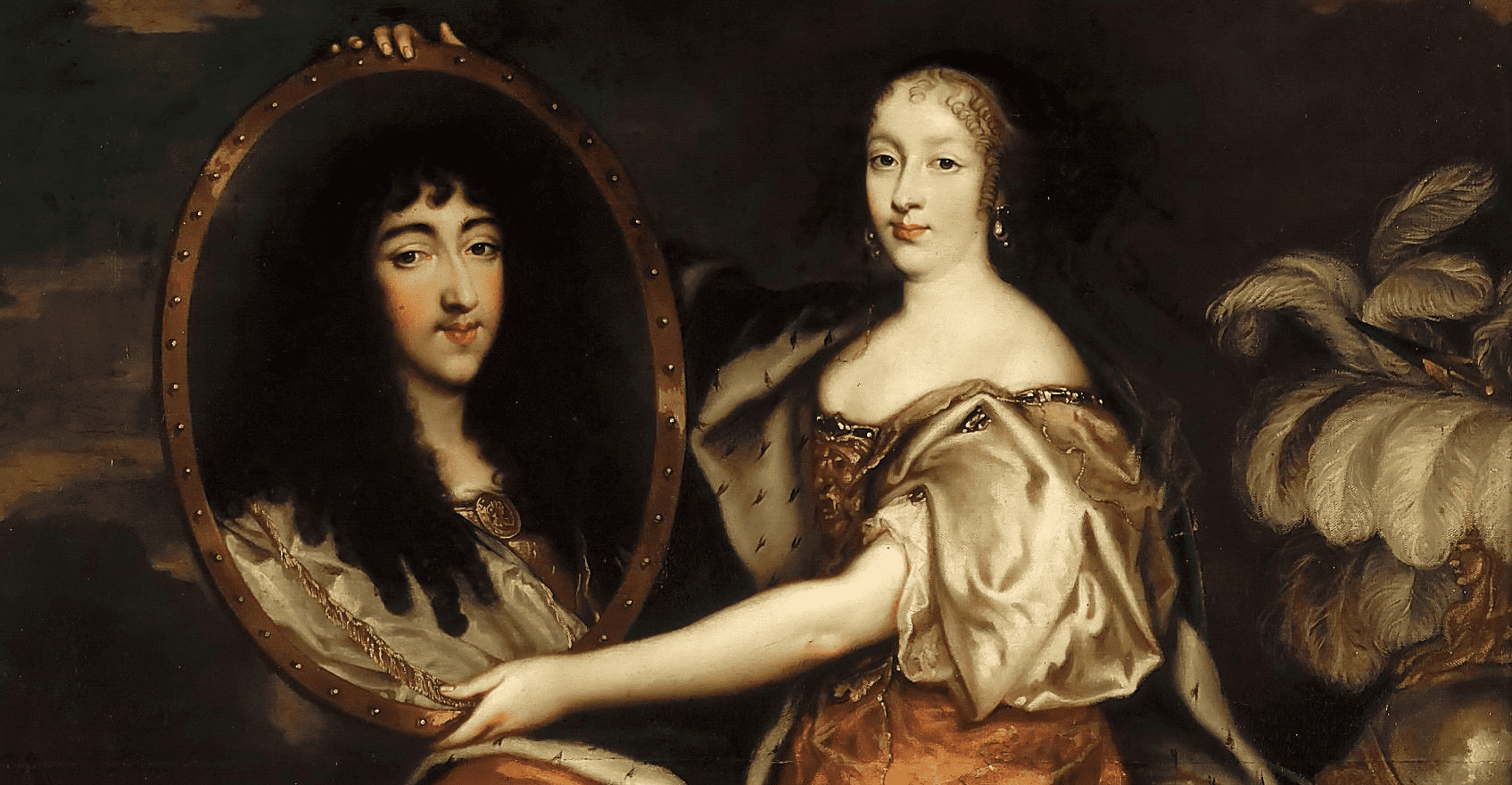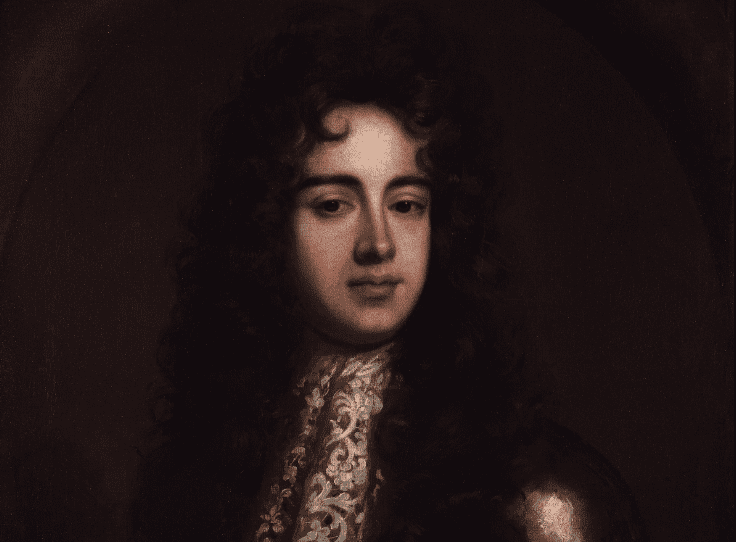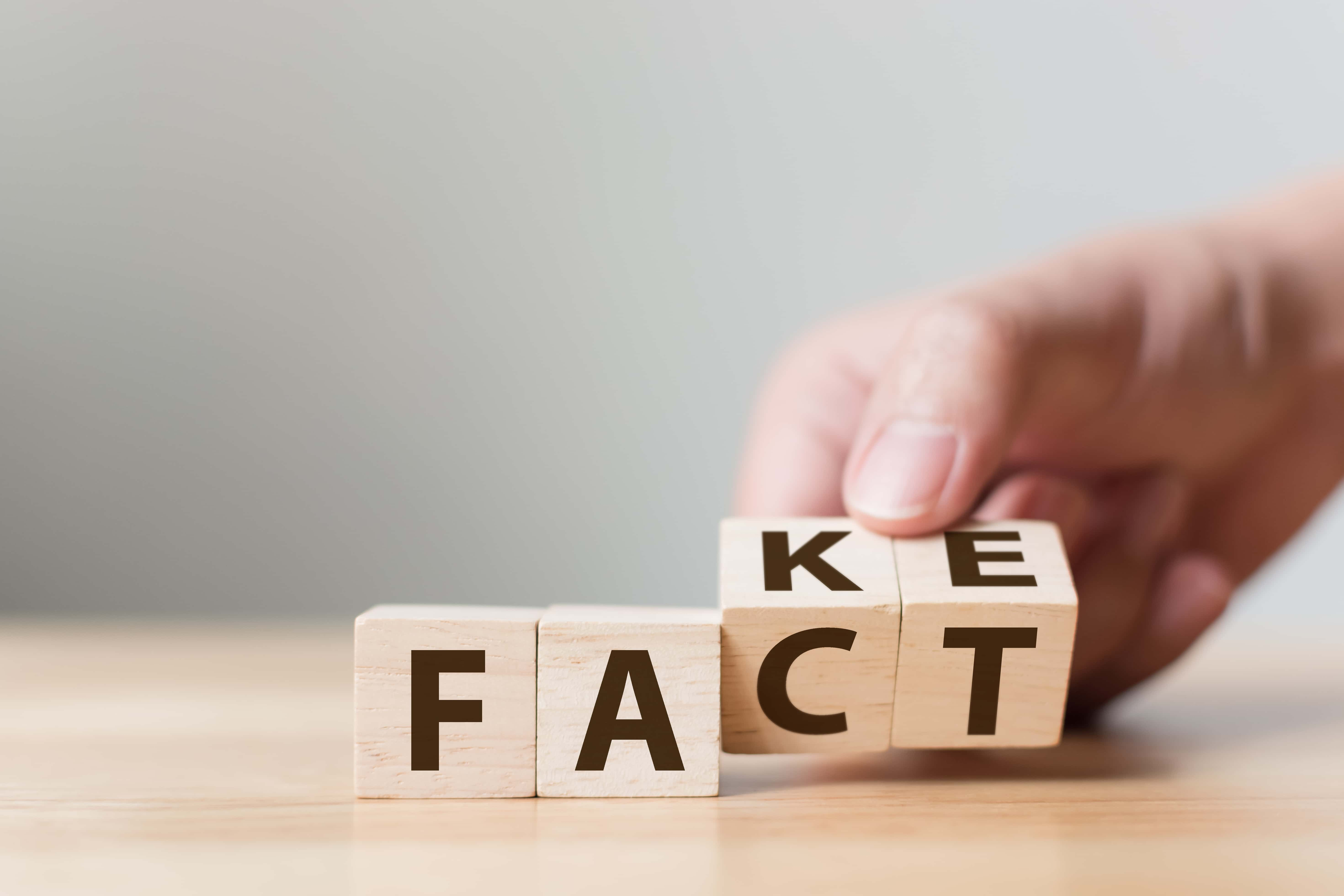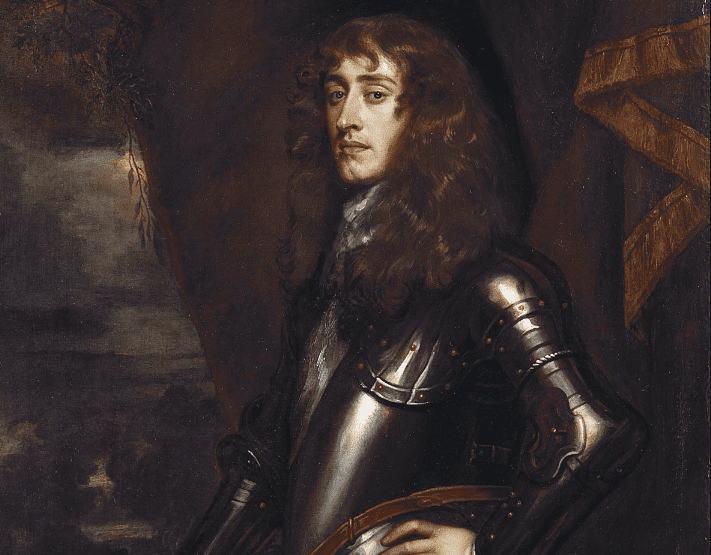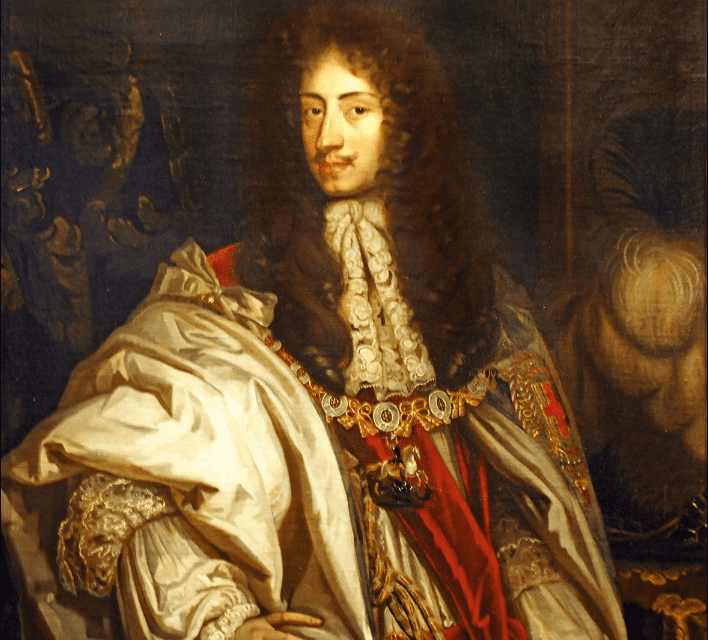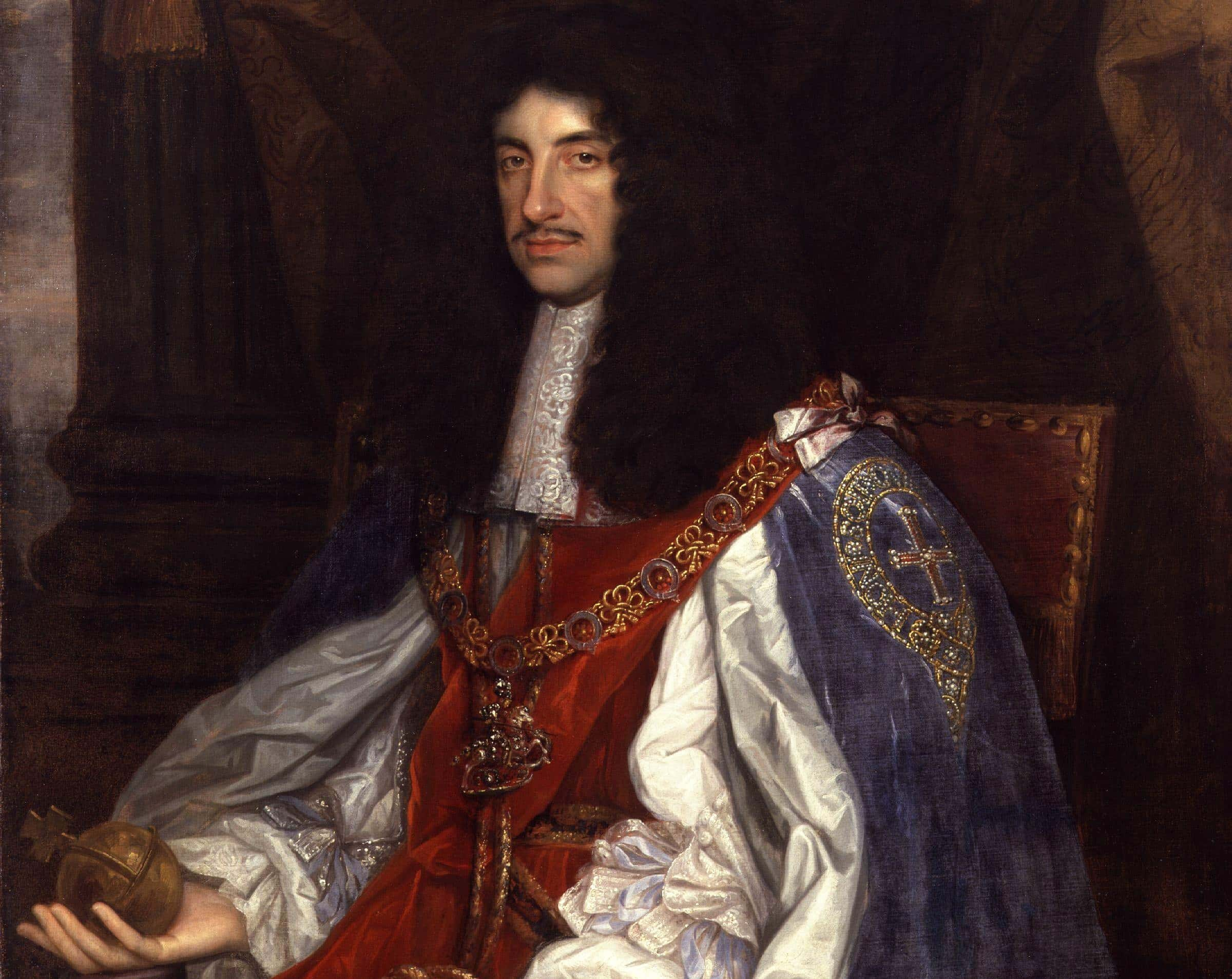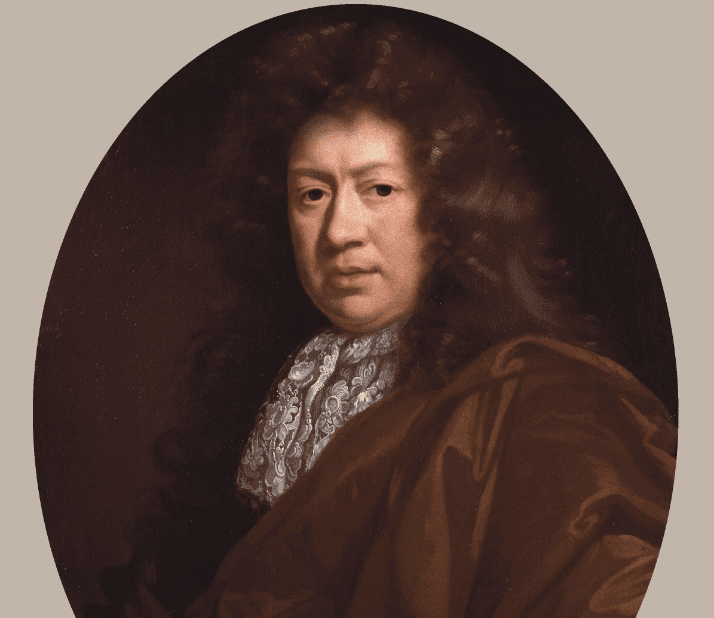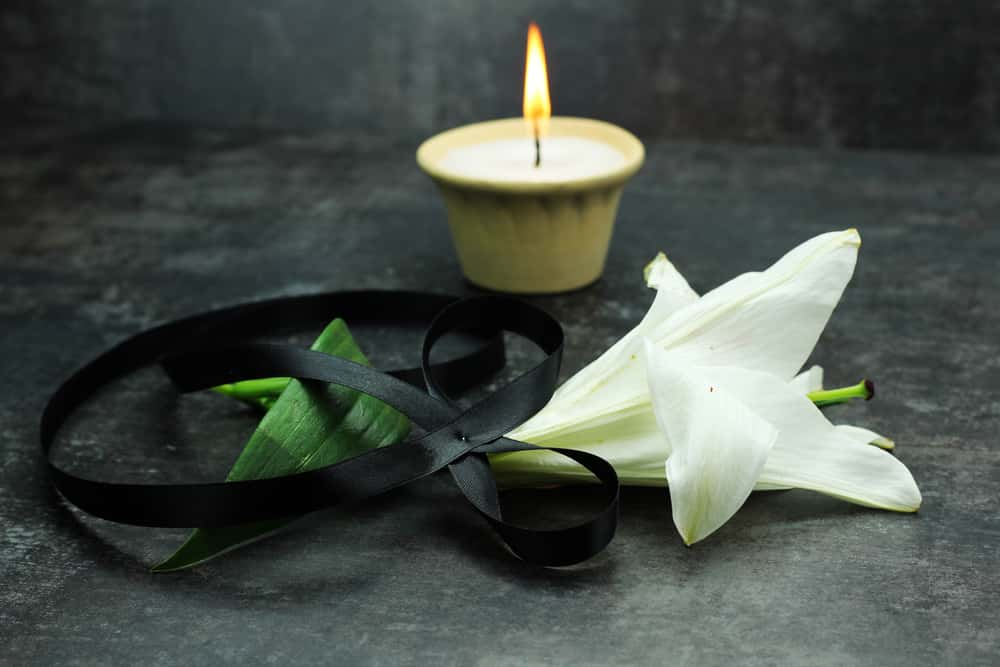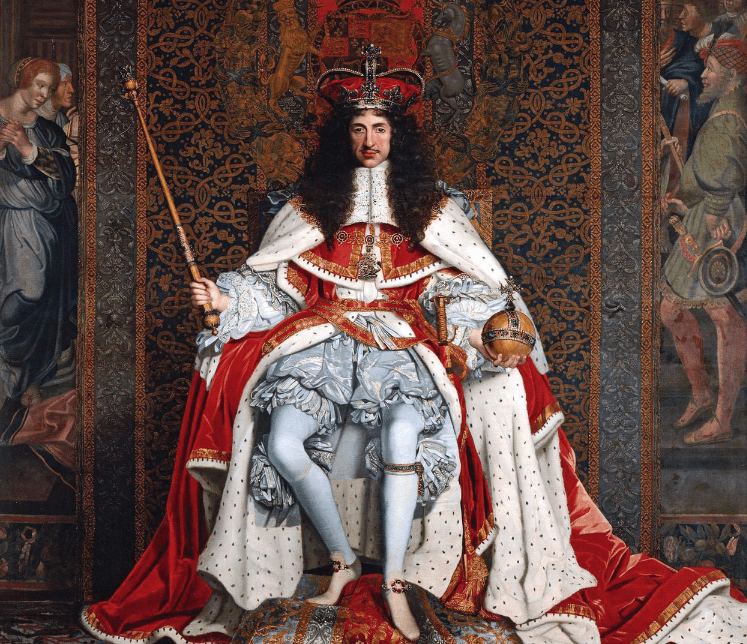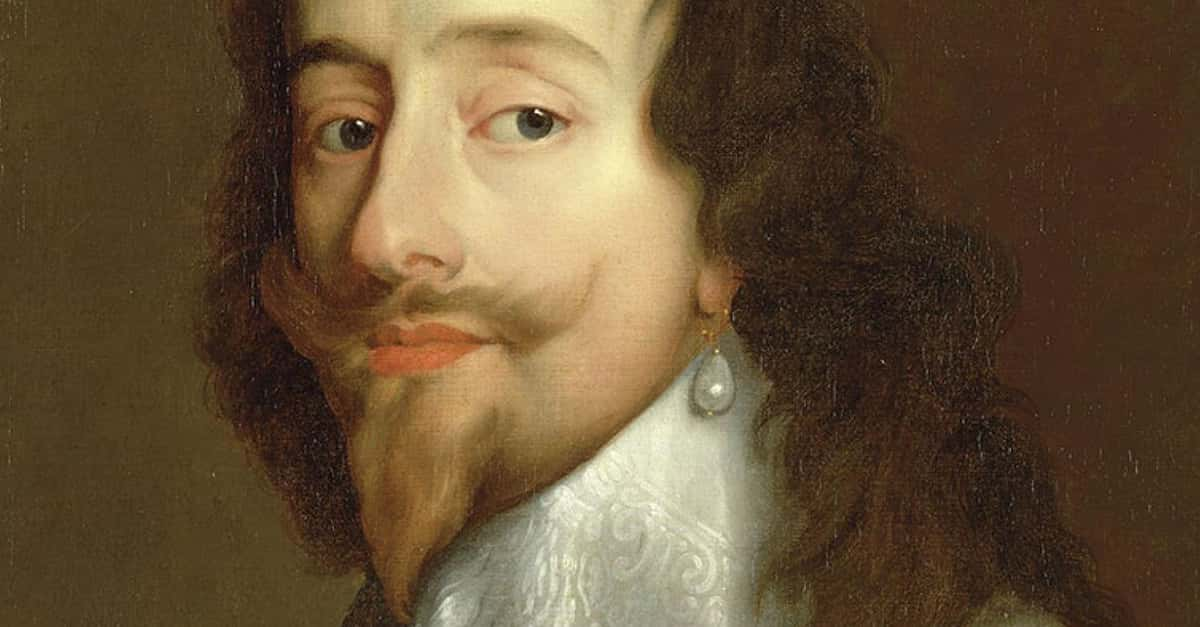Charles II was born on May 29, 1630, in England, right at the beginning of a period of political turmoil. While he became King of Scotland in 1649, it was far from a merry event—he succeeded his father, who’d been executed. He ruled over Scotland for two years before being deposed. That’s far from where Charles’ story ends, though, and he went on to be restored as ruler in 1660. As far as the history of England goes, it was a period of great tumult. Here are 42 little-known facts about Charles II of England.
Facts About Charles II Of England
1. Limiting Authority
The reign of King Charles I was marked by political turmoil, and in 1628, two years before the birth of Charles II, he passed a bill known as the Petition of Right. The petition seriously limited the powers of the king, prohibiting him from passing new taxes without consent of parliament, imprisoning anyone without cause, no martial law when in times of peace, and no soldiers could be positioned in a private home. Charles wasn’t exactly thrilled about tempering his powers, but it passing it was the only way he’d get any money from parliament for anything he wanted to do.
2. Civil War
Many rulers in history have believed in the divine right to rule, meaning that God alone gives them the right to rule and that they are answerable to no earthly power. Charles I was no exception, but British Parliament didn’t agree, and in 1642, civil war broke out. The turmoil forced 12-year-old Charles II to flee to France to ride it out.
3. King but Not
At the end of the civil war in 1649, Charles I was executed, technically making his son Charles II the King of England, but the boy was forbidden from being crowned until 1660. The Scots offered to make him King of Scotland just to stick it to England, but that didn’t last long, and he was driven out of Scotland by Oliver Cromwell and his republican army.
4. A Barrel of Fun
Charles II was known as the Merry Monarch for being in direct contrast to the previous era of Puritan rule. He was known for his high-living and excessive ways and was generally appreciated for his dynamic spirit.
5. Strategically Married
Catherine of Braganza’s marriage to Charles II in 1662 was definitely a politically advantageous alliance. Their union worked to renew the Anglo-Portuguese treaty and gain the support of Portugal in England’s war with Spain. She also came with Tangier and Bombay as part of her dowry. An alliance and land—what more could he want?
6. Resounding Defeat
During his period of exile, Charles II never stopped trying to regain his father’s throne, and on September 3, 1651, he led about 14,000 Scottish troops into what would be the final battle of the English Civil War. It would become known as the Battle of Worcester. By the time Charles’ army reached Worcester, they were easily overpowered by Oliver Cromwell’s New Model Army, which had double the soldiers, and that was the end of that. Charles eventually managed to escape to France, but the war started by his father was over.
7. On the Run
For a period of 40 days between the end of the war and his escape to France, Charles was a fugitive. Cromwell and his cronies hunted him through England, but Charles was fortunate to have the protection of a few loyal subjects who kept him out of Cromwell’s reach.
8. A Political Experiment
Between 1649 (after the execution of Charles I) and 1660 (the official coronation of Charles II), England was ruled as a Republic in a period known as the Interregnum. Throughout that time, England’s rulers tried to figure out a new constitution that didn’t include a monarchy, but ringleader Cromwell and parliament were perpetually at odds. After Cromwell’s death and his son’s failed succession as protector, Charles II was invited by the army to assume his place as king.
9. God’s True Will
While serving in parliament, Oliver Cromwell became a Puritan, and became determined to “carry out the will of God.” As far as Puritans were concerned, daily life should be lived according to the bible, and society should all be united under their faith.

History's most fascinating stories and darkest secrets, delivered to your inbox daily.
10. Cromwell in Charge
Oliver Cromwell was appointed Lord Protector of England, Ireland, and Scotland in 1653 taking the place of the King and acting as both head of state and head of government at the same time. Historians are mixed on his record, with some thinking he’s one of the greatest Britons of all time, and others considering him to be a king-killing dictator.
11. Just Doesn’t Belong Here
Charles II’s wife Catherine was a quiet figure who did little to make herself fit in with the English court. The English people were none-to-fond of her, mostly because she was a devout Roman Catholic and they would have preferred a Protestant Queen. Amazingly, despite the anti-Catholic sentiment of the time, she was given leeway to practice her faith in private, but her preference for Portuguese customs didn’t help her cause.
 Shutterstock
Shutterstock
12. Failure to Produce
Poor Queen Catherine never managed to produce an heir during her marriage to Charles II, suffering three miscarriages. To add to her humiliation, her husband had several mistresses throughout their marriage, and had at least 12 illegitimate children with them.
13. Seven by Seven
One of the king’s more famous mistresses, Barbara Palmer, was said to have had seven children by seven different men. She was quite beautiful and had a pretty hearty appetite for sex, which was scandalous even for the liberal era of rule of Charles II!
14. A Dreamy Sheep or a Goose
Gilbert Wells and his family were devoted supporters of Charles I during the English Civil War, and his daughter Winifred came to court as one of Queen Catherine’s Maids of Honor—and then got involved with Charles II. In the memoirs of Philibert de Gramont, he described Winifred as a “big, splendidly handsome creature." The king’s primary mistress, Barbara Palmer, didn’t quite agree with Gramont, and compared her to a goose. Jealous much?
15. Too Much!
While he was in exile, Charles II met Hortense Mancini and proposed marriage, but was refused by her Cardinal Uncle. Little did he know that she would eventually become one of Charles' many mistresses. However, Mancini’s strong sexual appetites proved to be the downfall of her relationship with Charles. When he found out she was messing around with his illegitimate daughter, he couldn’t let that slide, and he ended the affair. They did remain friends though, so she didn’t end up too hard off.
16. You Go Man!
In medieval times, it was common practice for a new groom to have a cheering section while he consummated his marriage. On the wedding night of William of Orange, Charles II was present at the event, watching and offering some hearty encouragement!
17. Pretty Witty Nell
Nell Gwyn, a young orange seller at the King’s theater, seemed to have a thing for guys named Charles. She was a witty and totally self-assured young woman who first became mistress to actor Charles Hart, next to Charles Sackville (Lord Brockhurst), and then, King Charles II. She quickly became one of the King’s favorite mistresses, who begged his heir “not to let poor Nellie starve.”
18. Well Isn’t He?
Although Nell Gwyn never received any title of her own, she was smart enough to manipulate the king into giving a title to her surviving son. She supposedly called her son a “little bastard” in front of Charles, and when he questioned her, she said, “what should she call him, was not bastard true?” In response, the king named her son Duke of St. Albans and solved the problem of what to call him.
19. How Dare You!
Charles II’s mother, Queen Henrietta Maria, was no more popular a queen than his own wife was, greatly annoying the Protestants with her interference in affairs of state. When Charles I heard that the parliament was planning to charge her with treason, he, along with one very angry queen, stormed into the House of Commons with plans to arrest the five biggest troublemakers and charge them with treason. Luckily for the members, somebody had warned them in advance that the King was on his way, and they took off before he got there.
20. Who’s the Daddy?
You have to give Charles II credit that he was very good about acknowledging the illegitimate children that he believed to be his own, but after catching Lady Castlemaine (Barbara Palmer) seemingly engaging in questionable activities with John Churchill, he wasn’t so sure that her kids were his. It turned out his instinct was right, and she admitted that her last child was indeed Churchill’s.

21. Mother of Mary
One of the King’s mistresses was an actress by the name of Moll Davis. Charles was reportedly quite in love with her, and lavished expensive gifts on her, including a ring worth 600 British pounds. Like most of his mistresses, Moll eventually became pregnant with his child, and their daughter was named Mary Tudor—but not that Mary Tudor.
22. Replaced in His Affections
Being a King’s favored mistress was a pretty competitive business and in some ways a revolving door. Moll learned this the hard way when she was displaced by the new object of Charles’ affections, Nell Gywn. On the bright side, being the mother of one of his children was worth something to the king, and he paid her off with a generous annual pension and a house on Suffolk street.
23. You’re All Pardoned
On April 4, 1660, King Charles II signed a document known as the Declaration of Breda. The treaty was named after the city of Breda in the Spanish Netherlands, where Charles had been hiding in exile for the last four years. In it, he made a number of promises in exchange for restoring the monarchy. The most important promise was amnesty for all crimes committed during the Civil War and the period of Interregnum, ensuring that nobody had to worry about him trying to take revenge.
24. Anglicans Rule
Seeing as the Puritans were responsible for executing King Charles I and dissolving the Commonwealth, it’s understandable that Charles II would want to do something about them. Between 1661-1665, he passed a series of four statutes known as the Clarendon Code, which basically made the Anglican church the accepted religion, and established a zero tolerance rule for other, opposing religions. The code was named for Charles II’s Lord Chancellor Edward Hyde, who was the 1st Earl of Clarendon.
25. Mistress and Spy
Louise de Kéroualle was a girl of noble birth who served in the household of Charles’s sister Henrietta. She met the king when she accompanied Henrietta to Dover to negotiate a treaty, and to nobody’s surprise, her beauty caught Charles’ attention. When his sister died suddenly, he sent for Louise, offering to make her a maid of honor to his wife Catherine. There was some suggestion that Louise had been a plant by the French government, which would make sense, considering all of the gifts and honors she received from King Louis, but on the other hand, it’s not like Charles needed much encouragement to take up with a beautiful woman.
26. Attempted Tolerance
Charles II was a pretty tolerant fellow, and he was genuinely broadminded when it came to other religions. In 1662 he introduced a bill that would have been tolerant towards both Catholics and Dissenters (Protestants who believed in an individual’s right to worship without the aid of a priest), but Parliament refused to ratify the bill, leaving Catholics and Dissenters unable to hold political office, and generally treating them as lesser to Protestants.
27. French Connection
Henrietta of England (not to be confused with Henrietta of France) was the youngest sister of Charles II and was fondly referred to as Minette by her family. After her father’s execution in 1649, she and her mother fled to France, and moved into the palace of her uncle, King Louis VIII. It was originally thought that she’d marry her cousin, the future Louis XIV, but Louis’ mother Queen Anne rejected the match, wanting the heir to marry her niece, Maria Theresa of Spain. When the English monarchy was restored in 1660, Minette’s stock went up significantly, and Louis’ unmarried brother Philippe proposed.
28. You’ll Have to Convert
In 1670, Charles II had just come through a war with the Dutch which almost destroyed his Naval Fleet, and left England exposed to invasion. Charles was starting to worry that France might invade England, so he turned to his sister Henrietta, who was married to the King’s brother. Using her as a negotiator, he agreed to a secret pact known as the Treaty of Dover. While a version of the Treaty of Dover was released publicly, it was a fake, designed to hide the real treaty's most scandalous aspects.
In it, he promised to convert to Catholicism and return the faith to England when the timing was right. Charles begged some time on this one, fearing that if he did it right away, the English Protestants would overthrow his throne. He was also pretty sick of always having to go to Parliament for money, and in exchange for agreeing to support King Louis in his war against the Dutch, the French would give him a hefty lump sum payment and an annual income.
29. First Wife/False Wife
When Charles II was 18 years old, he took his first mistress, a Welsh woman named Lucy Walter. Lucy gave birth to a son named James, and he was supposedly deeply in love with her. The trouble was her claim that she was his wife, which may or may not have been true. There were rumors that their marriage certificate was hidden inside of a black box in a secret location known only to Charles, but he consistently denied the rumor. Lucy also apparently took their breakup rather badly, and it’s possible that her claims were simply that of a scorned mistress.
30. Favored Son
Walter’s son James was acknowledged by Charles II as his son, and eventually brought to court as the King’s favorite. In 1663, he was made Duke of Monmouth, and was viewed by some as a possible successor to his father. Monmouth was a Protestant, while Charles’ brother James had converted to Roman Catholicism. The strong anti-Catholic sentiment afforded Monmouth several political opportunities, and had Charles “legitimized” him, he could have inherited the throne.
31. Fake Conspiracy
The Popish Plot of 1678 was a totally made-up piece of propaganda which alleged there was a Catholic conspiracy to assassinate King Charles II and install his Roman Catholic brother James II on the throne. The story was concocted by Titus Oates, and it fueled a fear of Catholics throughout England. Eventually, Otis’s accusations were proven false, but not before at least 22 men were executed for their supposed roles in the plot.
32. Keep Him Out
A direct result of the Popish Plot was the Exclusion Crisis, which took place between 1679 and 1681. Despite the plot being proven false, the people were still pretty suspicious of the King’s brother James, and believed that he would become a tyrant should he inherit the throne. Three separate bills were introduced at successive parliaments attempting to exclude him from becoming heir.
The first bill would have allowed James’ daughter Mary (who was married to a Protestant) to inherit. The second bill left it open for Charles’ illegitimate son James Scott to inherit if Mary wasn’t an option, and the third bill, which never made it to a committee reading, was deliberately vague so they could have installed whoever they wanted.
33. Exceptions to the Rule
Despite signing the document offering pardons to his father’s old enemies, Charles II made sure to leave himself some room for exceptions. As far as he was concerned, about 104 people, including those who were directly involved in signing his father’s death warrant, were definitely not entitled to a pardon, and were subject to punishment. The 24 who had already died, including Cromwell, were posthumously executed, while 19 others were sentenced to life in prison, others had their property confiscated, and the rest were barred from ever holding public office or title forever. So much for escaping revenge!
34. Ultimate Revenge
For his part in overthrowing the English Monarchy and the execution of Charles I, Cromwell was subjected to a posthumous execution on January 30, 1661, which was the 12th anniversary of Charles’ execution. His body (as well as other commanders involved with the execution) was dug up, hanged in chains at Tyburn, London, and thrown into a pit for good measure. As if that wasn’t enough to get the message across, they also displayed his severed head on a pole outside of Westminster Hall until 1685.
35. Blood Sucking Fleas
The first instance of Black Death (also known as the Bubonic Plague) to devastate England occurred in 1348, killing over one-third of the population. The plague recurred in Holland in 1663, and Charles promptly stopped all trade Holland to prevent epidemic from reaching London. Despite his best efforts to take precautions against it, the plague hit England hardcore in 1665, thanks most likely to the blood-sucking fleas that lived on the rats.
36. London Bridge is Burning Down
If Charles II thought that his troubles ended with the end of the plague, he had another thing coming. After a long, hot, dry spring and summer throughout 1666, the event known as the Great Fire of London broke out in the King’s bakery on Pudding Lane near London Bridge in September of that year. The fire spread quickly and burned 13,200 houses and 87 churches, fueled by strong winds, and the wood that was being stockpiled for the coming winter.
37. Creating a New Problem
The last-ditch effort to put out the fire was to create a fire-break by blowing up the houses that were in the blaze's path, but that opened up a new can of worms. The sound of the explosions drove an already panicked population into an even greater panic, leading to rumors that the French were invading England.
38. Looking Like a Hero
Leaders are often judged by how they react in a crisis, and you’ve got to hand it to Charles that he came out of Great Fire smelling like roses. As soon as he was alerted to the fire, he and his brother James sprang into action, offering troops to the mayor to help pull down buildings to slow the spread of the fire, talking with refugees, passing buckets of water along the chain, and rewarding men with gold guineas for their efforts. Charles didn’t stop for 30 hours, seemingly being everywhere he could, doing everything he could to help.
39. Eyewitness Accounts
Samuel Pepys was an administrator of the Navy of England and a Member of Parliament who served under both King Charles II and his brother King James II. He was most famous for the private diary he kept between 1660-1669, offering eyewitness accounts of the Great Fire of London, the Plague, and other major events, as well as some pretty juicy information about his own sexual affairs, his friends, and his thoughts on politics. Obviously, he never imagined that anyone would ever see it, but it was published in the 19th century.
40. Secret Child
According to Pepys’ diary, Winfred Wells gave birth to a child during a New Year’s Eve court ball in 1662. The child was supposed to have been Charles’, but if it was, he never publicly acknowledged it. Pepys also claimed on record that he’d paid her off a few months later. Several years later, he also gave her another sum as a marriage gift when she wed one of his attendants, Thomas Wyndham. The queen also appointed her dresser, so maybe Pepys was right!
41. Dramatic Death
On the morning of February 2, 1685. Charles II suffered a sudden stroke. It took four days for the king to die, during which his physicians tried a number of methods to save his life such as bloodletting, purging, and cupping. The king kept his merry wit right until the end, telling his courtiers "I am sorry, gentlemen, for being such a time a-dying”
42. Deathbed Conversion
For the duration of his life (and his reign) Charles II remained a Protestant, but on his deathbed, he dismissed all but two of his earls, and then, through a secret door, a Catholic priest by the name of John Huddleston helped the King convert to Catholicism. Whose idea it actually was, and what his reasons were, are unknown. It’s possible he was simply upholding his promise to King Louis from the Treaty of Dover, maybe he was humoring his brother James, or maybe it was what he’d always wanted in his own heart.
Sources: 1, 2, 3, 4, 5, 6, 7, 8, 9, 10, 11, 12, 13, 14, 15, 16, 17, 18, 19, 20, 21, 22, 23, 24, 25, 26, 27, 28, 29, 30, 31, 32, 33, 34, 35, 36, 37

